Understanding right of way rules is an essential part of driving safely, especially in a busy city like San Diego. These rules help determine who should go first at intersections, pedestrian crossings, and other traffic scenarios. Proper knowledge of the right of way laws can prevent accidents, reduce traffic issues, and make everyone’s driving experience smoother. In this article, we will explore the right of way rules in San Diego, how they work, and why they matter to every driver and pedestrian on the road.
What is Right of Way?
In simple terms, right of way refers to who gets to go first in various traffic situations. For example, if you and another car are approaching an intersection, the driver who has the right of way doesn’t need to stop or yield, while the other driver must wait. It’s a way of organizing traffic and ensuring everyone knows when to go and when to stop. Right of way rules are not just for drivers; they also apply to pedestrians, cyclists, and anyone else who shares the road.
Common Right of Way Scenarios in San Diego
Let’s look at some of the most common situations where right of way rules come into play while driving in San Diego.
1. At Stop Signs
Stop signs are one of the most frequently used traffic control signs in San Diego. When you approach a stop sign, it’s important to come to a complete stop before proceeding. After stopping, you must give way to any other vehicle or pedestrian who has the right of way.
- If two vehicles arrive at the same time, the car on the right has the right of way.
- When turning left, you must yield to oncoming traffic.
Be aware that pedestrians have the right of way at crosswalks, even if there is no stop sign or traffic light. So always check for pedestrians before moving ahead.
2. At Traffic Signals
Traffic signals are another essential part of San Diego’s traffic system. Here’s how they work in terms of right of way:
- Green light: You are allowed to go, but you still need to be cautious and check for pedestrians or other vehicles already in the intersection.
- Red light: You must stop completely, and never try to rush through a red light, even if no cars are coming.
- Yellow light: This means that the light is about to turn red. You should slow down and prepare to stop, but if you are already too close to the intersection, it might be safer to continue through.
At intersections with traffic signals, it is crucial to stay alert. Always watch for pedestrians and other vehicles that may be crossing or turning.
3. At Yield Signs
Yield signs are used to control traffic where there may be no need to stop completely, but drivers still need to be careful. If you see a yield sign, you must slow down and give way to any other vehicles or pedestrians who are already in the intersection or approaching.
- Example: If you are driving on a road with a yield sign and there is another vehicle coming from the right, you must yield to that vehicle before continuing.
Yield signs are usually placed in areas where traffic moves in a circular pattern, like roundabouts, or where vehicles need to merge onto another road, like when entering a freeway.
4. Pedestrian Crosswalks
In San Diego, pedestrians always have the right of way in marked crosswalks, even if there are no traffic signals or stop signs. If you are driving and see pedestrians waiting to cross or already crossing the road, you must yield and allow them to pass safely.
- Example: When turning at an intersection that has a marked crosswalk, you must stop for any pedestrians who are walking through the crosswalk, even if the light is green for you.
This rule is very important for the safety of people on foot, so be sure to stay aware of crosswalks, especially in busy areas like downtown or near schools.
5. Merging onto Highways
Merging onto a highway or freeway in San Diego requires careful attention. When you are entering a highway, you must yield to traffic already on the highway. This means you should adjust your speed to match the flow of traffic and wait for a safe gap to merge.
- Drivers already on the highway are not required to stop or slow down for merging traffic, but they should make space when possible. It is essential for everyone to cooperate to ensure safe merging.
Also, when merging, make sure to signal your intentions so other drivers know what you plan to do.
6. School Buses
School buses have special right of way rules that help protect children getting on or off the bus. When a school bus has its red lights flashing and its stop arm extended, you must stop, no matter which direction you are traveling.
- You must stop at least 20 feet away from the school bus when the lights are flashing.
- You cannot pass the bus until the red lights stop flashing, and the stop arm is no longer extended.
This rule is critical for the safety of children, and failing to follow it can lead to hefty fines and penalties.
7. Emergency Vehicles
When you hear sirens or see flashing lights, it’s a sign that an emergency vehicle (such as a police car, fire truck, or ambulance) is approaching. In San Diego, you must always yield to emergency vehicles.
- If you are on the same road, pull over to the right side of the street and stop to allow the emergency vehicle to pass.
- If you are in an intersection, stop immediately and stay in place until the emergency vehicle has passed.
It is important to remain calm and patient when emergency vehicles are present, as they are responding to urgent situations.
8. Roundabouts
Roundabouts are becoming more common in San Diego as they are a safer and more efficient way to manage traffic. When driving in a roundabout, vehicles inside the roundabout have the right of way. If you are entering a roundabout, you must yield to the traffic already circulating inside.
- Check for pedestrians: Pedestrians also have the right of way in roundabouts, especially if there are crosswalks.
- Use your signals when exiting a roundabout to inform other drivers of your intended direction.
Roundabouts are great for reducing traffic delays and accidents, so understanding the right of way in these areas is essential.
9. Cyclists and Bicycles
In San Diego, cyclists have the same rights as motor vehicles on the road. Drivers need to be especially careful around cyclists and yield to them when necessary.
- Give cyclists at least 3 feet of space when passing them on the road.
- When turning, always check your blind spots for cyclists who may be approaching.
Cyclists are vulnerable on the road, so it is important for all drivers to be respectful and give them space to ride safely.
Tips for Following Right of Way Rules
- Stay Calm and Patient: Sometimes, yielding the right of way may mean you have to wait, especially during busy times. Staying calm and patient helps prevent accidents.
- Be Mindful of Pedestrians: Always look for pedestrians, especially when turning, stopping at intersections, or near crosswalks.
- Use Your Signals: Proper signaling helps inform other drivers of your intentions and ensures safe driving for everyone on the road.
- Pay Attention to Emergency Vehicles: Emergency vehicles often need to get to their destinations quickly. Pull over and stop when you hear sirens or see flashing lights.
- Follow School Bus Rules: Children’s safety is important, so be sure to stop when you see a school bus with flashing red lights and a stop arm extended.
- Be Careful Around Cyclists: Share the road with cyclists, and make sure to give them enough space when passing.
Conclusion
Understanding and following right of way rules in San Diego is crucial for ensuring safety on the road. Whether you are driving through busy intersections, merging onto highways, or interacting with pedestrians and cyclists, it’s important to always know when to yield and when it’s your turn to go. By doing so, you’ll help create a safer driving environment for everyone in the city. Stay informed, drive responsibly, and respect others on the road.
Disclaimer – Our editorial team has thoroughly fact-checked this article to ensure its accuracy and eliminate any potential misinformation. We are dedicated to upholding the highest standards of integrity in our content.


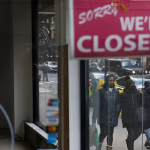
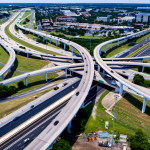
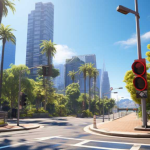
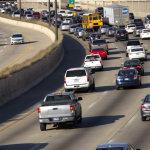


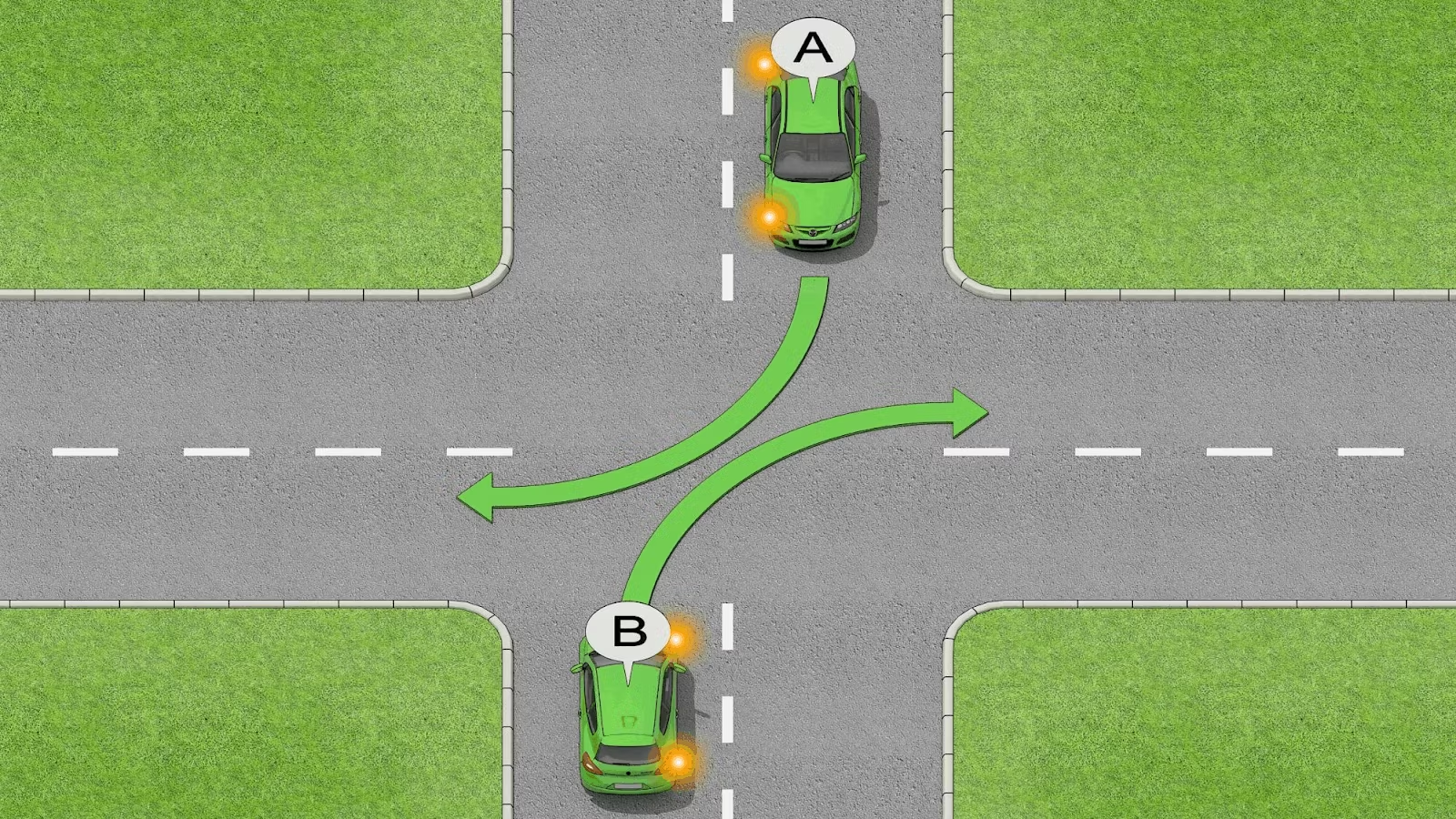

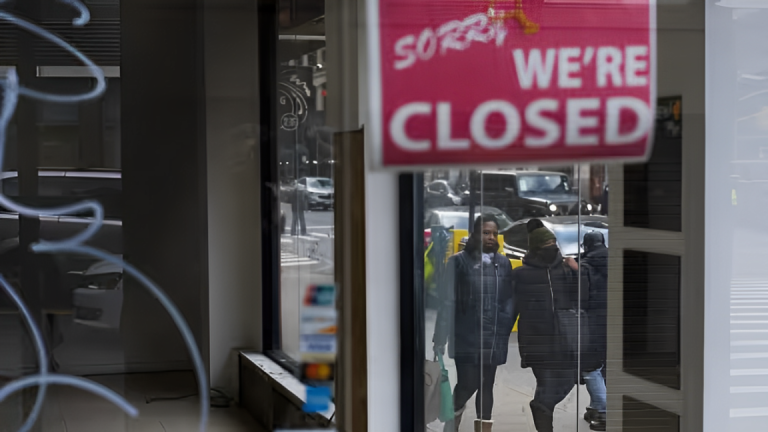
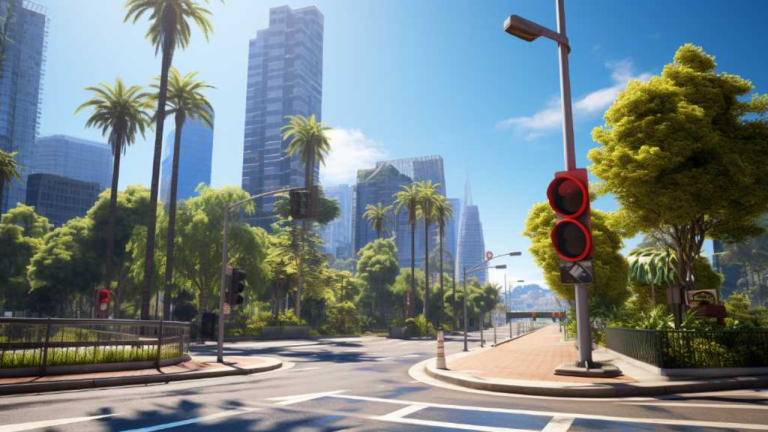
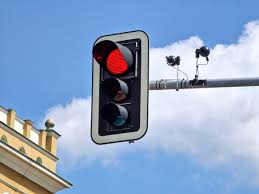




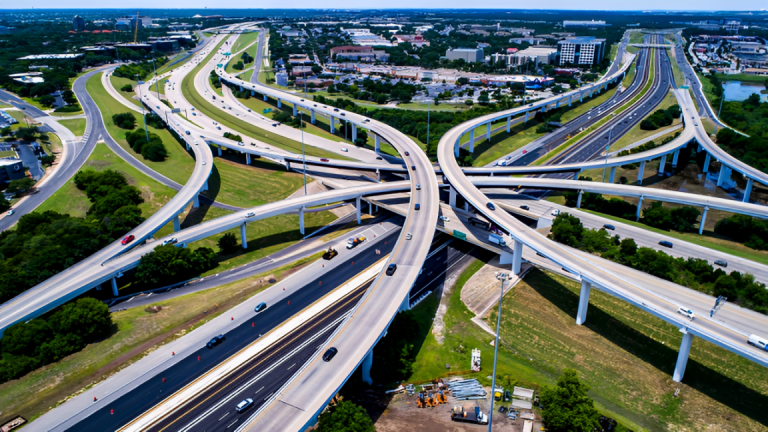
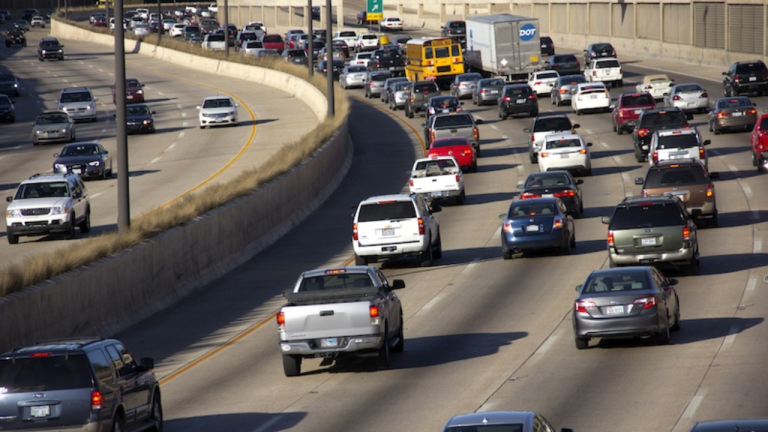






+ There are no comments
Add yours